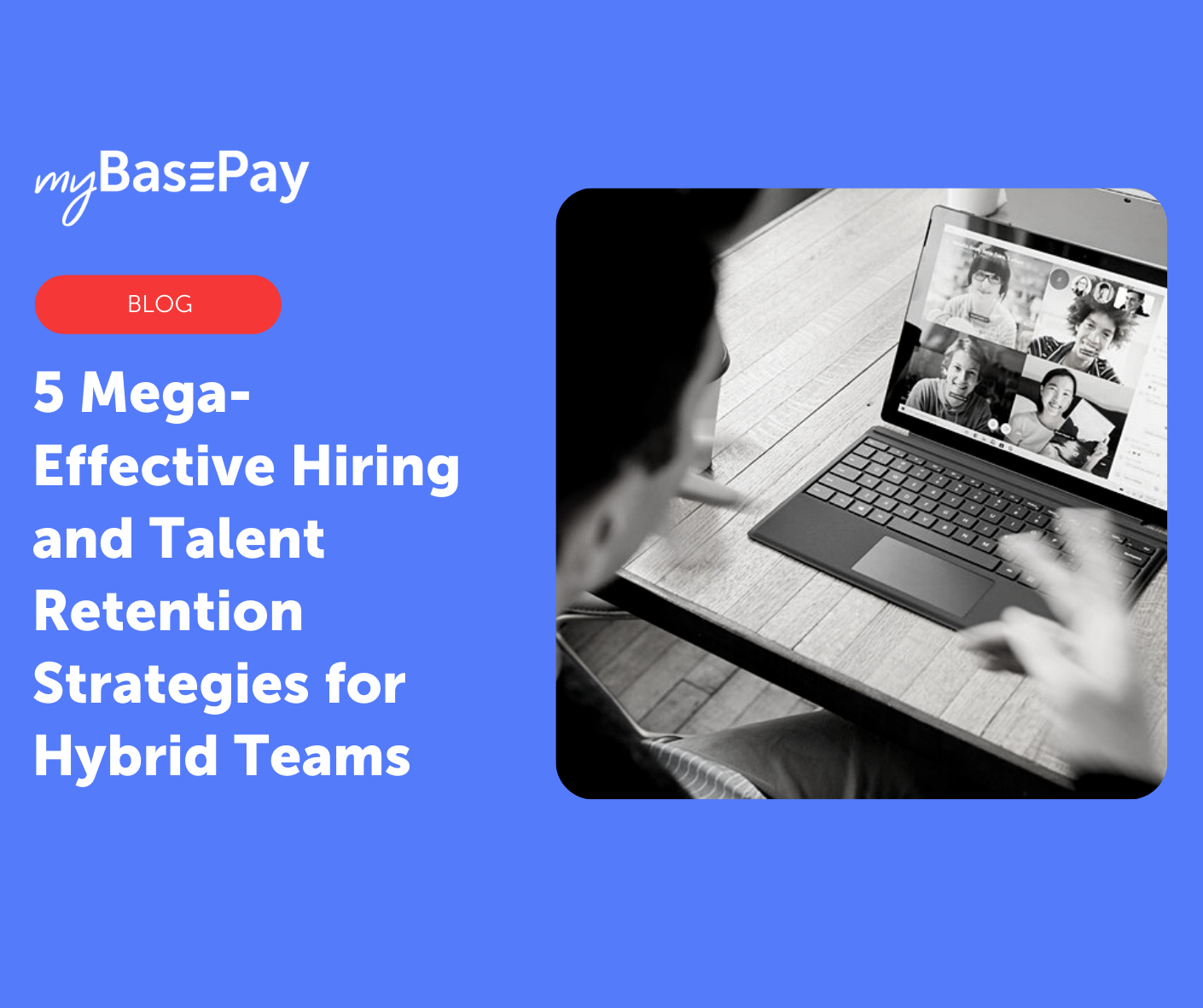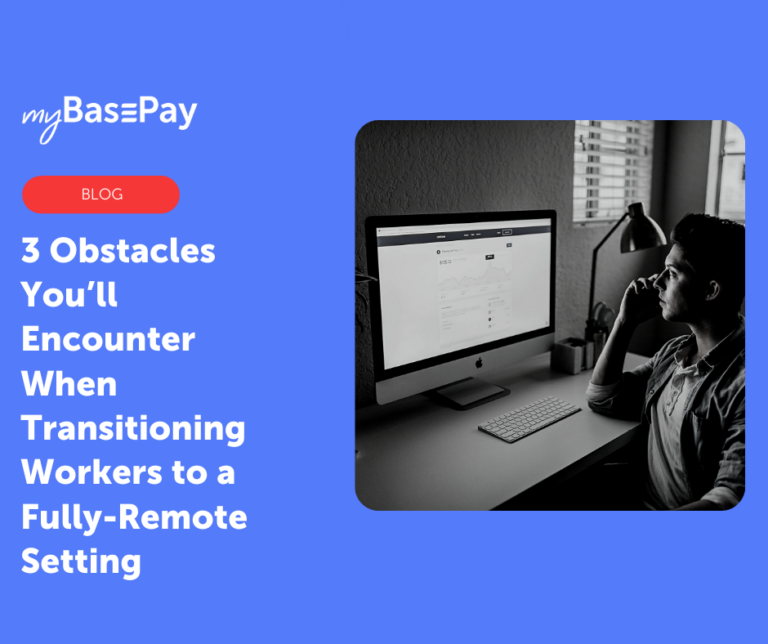5 Mega-Effective Hiring and Talent Retention Strategies for Hybrid Teams
Of the many employment changes that resulted from the COVID-19 pandemic, few are poised to have a greater lasting impact than the proliferation of hybrid teams. Remote work is here to stay, but that doesn’t mean that every single employee is going to stay out of the office forever.
Instead, an increasing number of businesses are embracing a hybrid model, where employees can spend some of their time in the office and some remotely. Or, they may even go a step further where employees can choose whether they want to work completely in-person or never come into the office at all.
In today’s work environment, few things are more desirable to workers — in fact, a 2021 survey found that 83 percent of workers prefer a hybrid work model where they can work remotely at least 25 percent of the time.
Of course, hiring and retaining top talent while using a hybrid model can bring challenges of its own. By focusing on a few key attributes, however, you can set yourself up for success.
1. Be Transparent About Your Hybrid Strategy
With hybrid offices being a desired trait for so many, it is essential that you be completely transparent with candidates and current employees regarding your hybrid strategy and policies.
Research from McKinsey & Company found that post-COVID, organizations that clearly communicated their “remote-relevant policies” saw employees become nearly five times more likely to increase individual productivity.
Even more importantly, such employees were more than twice as likely to report feeling supported, and three times as likely to report feeling included by their employer. An intentional strategy that clearly communicates your policies — such as how many hours someone needs to be in the office each week — gives workers confidence that they won’t be subjected to arbitrary changes regarding hybrid rules.
2. Respectfully Expand the Talent Pool
Embracing a hybrid work model enables you to significantly expand your talent pool, giving you access to a broader range of talent. Hiring a mix of local and remote team members can help you reach individuals with different skill sets than those who live in your local area. Casting a broader net will help you find top talent to better fill your needs.
While hybrid office models can help you find diverse and qualified talent more easily, you must be respectful of each individual’s time (particularly if they live in a different time zone). Remote workers generally aren’t going to want to have to get up early in the morning or work late into the night simply because it better matches the hours you are going to be in the office.
3. Give Workers the Autonomy They Deserve
While there are certain situations that may require everyone to be in the office — such as an important conference or client meeting), hybrid teams should generally be given the autonomy to choose when they come into the office (as long as they are compliant with your overall policies. In fact, a report from the Harvard Business Review found that 59 percent of workers say “flexibility” is more important than salary or other benefits.
Many workers feel like they can be equally productive at home or in the office, as long as they are given feedback on their work and freedom to manage their time how they best see fit.
To retain hybrid teams, avoid micromanaging them in regards to when they choose to come into the office. As long as they are productive and following your general hybrid guidelines, give them the necessary autonomy so they can feel in charge of their work experience.
4. Leverage Digital Tools for Enhanced Communication
A lack of effective communication can sometimes become a challenge when hiring and managing hybrid workers. A smooth remote working experience is key to creating a positive environment for hybrid teams. Nobody wants to deal with slow or glitching apps and operating systems. As part of embracing hybrid, you must ensure that your IT support is up to the task to ensure everyone has the tools they need for the job, regardless of where they are working.
Communications between team members are especially vital in a hybrid workspace. Take advantage of messaging tools that allow team members to collaborate on projects. Try to minimize your reliance on video meetings.
Though these can be helpful in some circumstances, “Zoom fatigue” is very real, affecting 49 percent of remote workers. Always consider whether a video conference is truly necessary to avoid burnout.
5. Continue to Prioritize Culture
Many organizations worry about their ability to effectively manage remote and in-office employees. To retain talented employees, you should strive to fully embrace every team member within your company culture. Those who choose to work remotely should never be treated like second-class citizens, as this will drive them away from the company and actively discourage the hybrid model you’re trying to promote.
Quality onboarding should be a priority from day one to immerse new hires in your culture.
Organizing regular get-togethers (aside from all-hands-on-deck meetings) can also help your various team members get to know one another better and feel more like they are part of a cohesive whole. Helping everyone feel like a valued contributor will motivate them to stick with you in the long run, even if they don’t appear in the office very often.
How Will You Use the Hybrid Workforce?
The ability to work remotely has become increasingly valued by workers who want greater control over their work-life balance. In today’s competitive employment environment, offering a hybrid model can become a valuable distinguishing trait that sets your business apart from the competition.
Of course, the use of a hybrid workforce also frequently entails using a mix of contingent talent and full-time employees. This can add further wrinkles to key HR processes like compliance administration, onboarding and payroll processing.
This is where myBasePay can help. With a full suite of back-office solutions, our EOR services give you the flexibility necessary to cultivate a more agile workforce. By delivering a quality experience throughout a worker’s entire engagement with your brand, you can enjoy the productivity and high retention you need to succeed.
Author: Cesar Romero
Cesar is the Head of Marketing at myBasePay, where he’s responsible for overseeing the company’s content marketing, community, and partnerships strategy. He also co-hosts The Ivy Podcast where he interviews executives from Fortune 500 companies on executive leadership. When he’s not helping startups with marketing and community strategy, you can find him paying it forward by serving as a mentor for leading organizations like StartingBloc, Hive, and Global Citizen Year.






